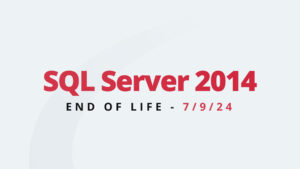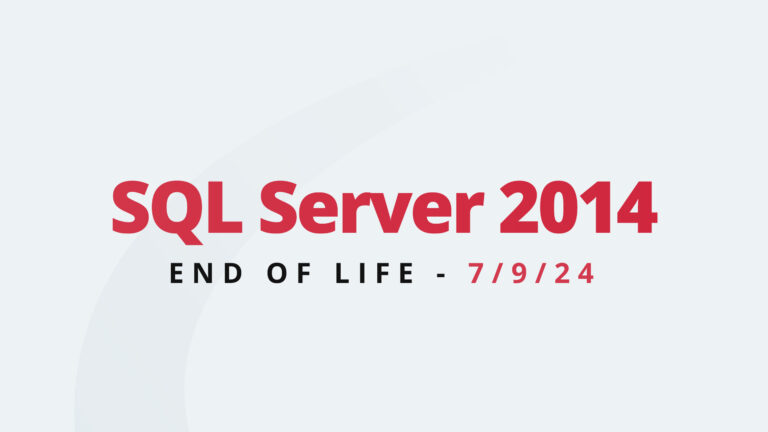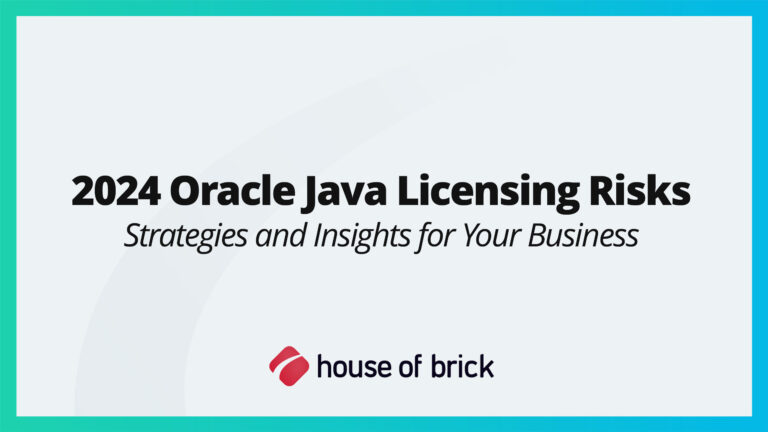In mid-October, Oracle published a competitive piece titled “Why Oracle Cloud Infrastructure over Amazon Web Services.” You could say it crosses over into being a hit piece. The piece’s credibility is not helped by statements like this:
“AWS has no similar offering to Exadata Cloud Service and Oracle RAC.”
The statement reminds me of the politic that existing Sun customers faced with sweet deals on hardware renewals that evaporated upon Oracle’s acquisition of Sun. The fact is that Oracle has politically engineered an environment to withhold support for RAC on EC2. (That wouldn’t stop me from implementing RAC on AWS.)
Fresh off the heels of re:Invent, and given the newly released AWS RDS Custom offering for self-patchers Oracle DB and the OS, it seemed appropriate to jump into the fray and share a different viewpoint on the competitive offering. No one is asking me to blog on this. But first, some thoughts on the market and the history of Oracle’s Cloud Infrastructure offering.
I got the impression from clients and others in industry that OCI v1 was trash. Those that dared go there reported inconsistent performance, poor uptime, and poor support. To Oracle’s credit, all reports are that Oracle really nailed it with OCI v2.
If I wanted to get to cloud, I’d get to where mature micro-services are. I’d do that even if I had no short-term objective to refactor. That’s where I can refactor in a hurry if plans change. That’s where I can refactor later. That’s where I can build new workflows from scratch.
Refactoring–not massage and re-code PL/SQL into Aurora/Postgres–was Amazon.com‘s secret sauce when its almost countless verticals’ IT departments got out of all of their Oracle databases that weren’t bundled under third party apps. The verticals accomplished that through independently choosing and applying micro-services to reproduce their legacy systems’ functionality and add features while they were at it. It could be that I’m not paying attention, but I’m not hearing anyone including Oracle talking about such an Oracle suite of micro-services.
Before we get into the table of claims and counter claims, think about why Oracle’s pretty much giving away OCI and giving away database features in OCI. Oracle trumpets that Bring Your Own License (BYOL) is 50% less on OCI than any other public cloud, including AWS. And, by the way, Oracle provides automation tools to ease the migration of Oracle Applications, Database, and Middleware to OCI.
My answer to that is to have a look at this House of Brick white paper: https://houseofbrick.com/wp-content/uploads/2021/01/Avoiding-the-Oracle-Traps-in-AWS.pdf. While I’m uneasy with some broad brushing of individuals and departments with assumed motivations, I think there is much in this piece that is worthwhile.
Oracle pretty much gave away Oracle Virtual Machine for all the years since its 2007 release. Rather than seeding the market by loss-leading a new offering, both situations have all the appearances of a simple supply and demand issue. People are voting with their feet. Then, after the following comparisons table, we’ll conclude.
| Oracle’s Claim | AWS Today | Documentation |
| Amazon Relational Database Service (RDS) for Oracle has several limitations: it supports only SE1 and SE2 Oracle Database licenses and does not support Oracle Real Application Clusters (Oracle RAC), Oracle Data Guard, and many other Oracle Database features. | RDS Oracle supports Oracle Data Guard. Amazon RDS currently supports the following Oracle Database editions under each of the licensing models below: BYOL: Standard Edition Two (SE2), Enterprise Edition (EE); Standard Edition One (SE1) and Standard Edition (SE) for 11.2.0.4 with MDS. License Included: Standard Edition Two (SE2). | https://aws.amazon.com/about-aws/whats-new/2019/03/Amazon-RDS-for-Oracle-Now-Supports-In-region-Read-Replicas-with-Active-Data-Guard-for-Read-Scalability-and-Availability/ https://aws.amazon.com/about-aws/whats-new/2019/11/amazon-rds-for-oracle-now-supports-managed-disaster-recovery-and-data-proximity-with-cross-region-read-replicas/ https://aws.amazon.com/blogs/database/managed-disaster-recovery-and-managed-reader-farm-with-amazon-rds-for-oracle-using-oracle-active-data-guard/ https://aws.amazon.com/rds/oracle/faqs/ |
| Amazon RDS for Oracle is limited to only 80,000 IOPS. | R5b instance types are ideally suited for relational database workloads, delivering up to 60 gigabytes per second of EBS-optimized bandwidth and between 64,000 (SQL Server) and 256,000 (Oracle) IOPS, an increase of up to 3X over R5 instance types. | https://aws.amazon.com/about-aws/whats-new/2020/12/amazon-rds-for-oracle-amazon-rds-sql-server-support-r5b-instance-types-in-additional-aws-regions/ |
| AWS has no similar offering to Exadata Cloud Service and Oracle RAC. | Customers can deploy Oracle RAC in AWS using Flashgrid and VMC. See my complaint above about Oracle publicly disclaiming support for RAC on AWS. | https://aws.amazon.com/blogs/awsmarketplace/establishing-amazon-ec2-infrastructure-for-oracle-rac-database-migrations-with-flashgrid/ https://aws.amazon.com/blogs/apn/virtualizing-oracle-rac-with-vmware-cloud-on-aws/ |
| OCI offers the largest bare metal servers in the public cloud—up to 128 cores, 2 TB of RAM, and 1 PB of storage. | Dedicated Hosts (Instance Type – High Memory Instances). R5b Instances. Most bare metal instances support a maximum of 31 EBS volumes. High memory bare metal instances support a maximum of 19 EBS volumes. | https://aws.amazon.com/ec2/instance-types/high-memory/ https://docs.aws.amazon.com/AWSEC2/latest/UserGuide/volume_limits.html https://aws.amazon.com/blogs/aws/new-amazon-ec2-r5b-instances-providing-3x-higher-ebs-performance/ |
| Amazon RDS for Oracle is limited to running databases that can only scale to 96 vCPUs | X1 instances offer two instance sizes with up to 128 vCPUs and up to 1,952 GiB of DRAM-based memory. X1e instances offer six instance sizes with up to 128 vCPUs and 3,904 GiB of DRAM-based memory. | https://aws.amazon.com/about-aws/whats-new/2018/05/amazon-rds-for-oracle-supports-new-x1-and-x1e-instance-types/ |
| AWS price reduction for data transfers out to the internet | Announced Nov 26, 2021 | https://aws.amazon.com/about-aws/whats-new/2021/11/aws-price-reduction-data-transfers-internet/ |
All that said, the trust issue remains. There are three class action lawsuits against Oracle winding their way through the courts, with the earliest dating back to 2017. Oracle has failed to do much to impede the core issues in these lawsuits. Central to the lawsuits’ causes of action is alleged systemic misrepresentation of Oracle’s cloud client base and SaaS capabilities. We’re going to need to take off our shoes to count the number of C-level that have sworn off doing any further business with Oracle.








